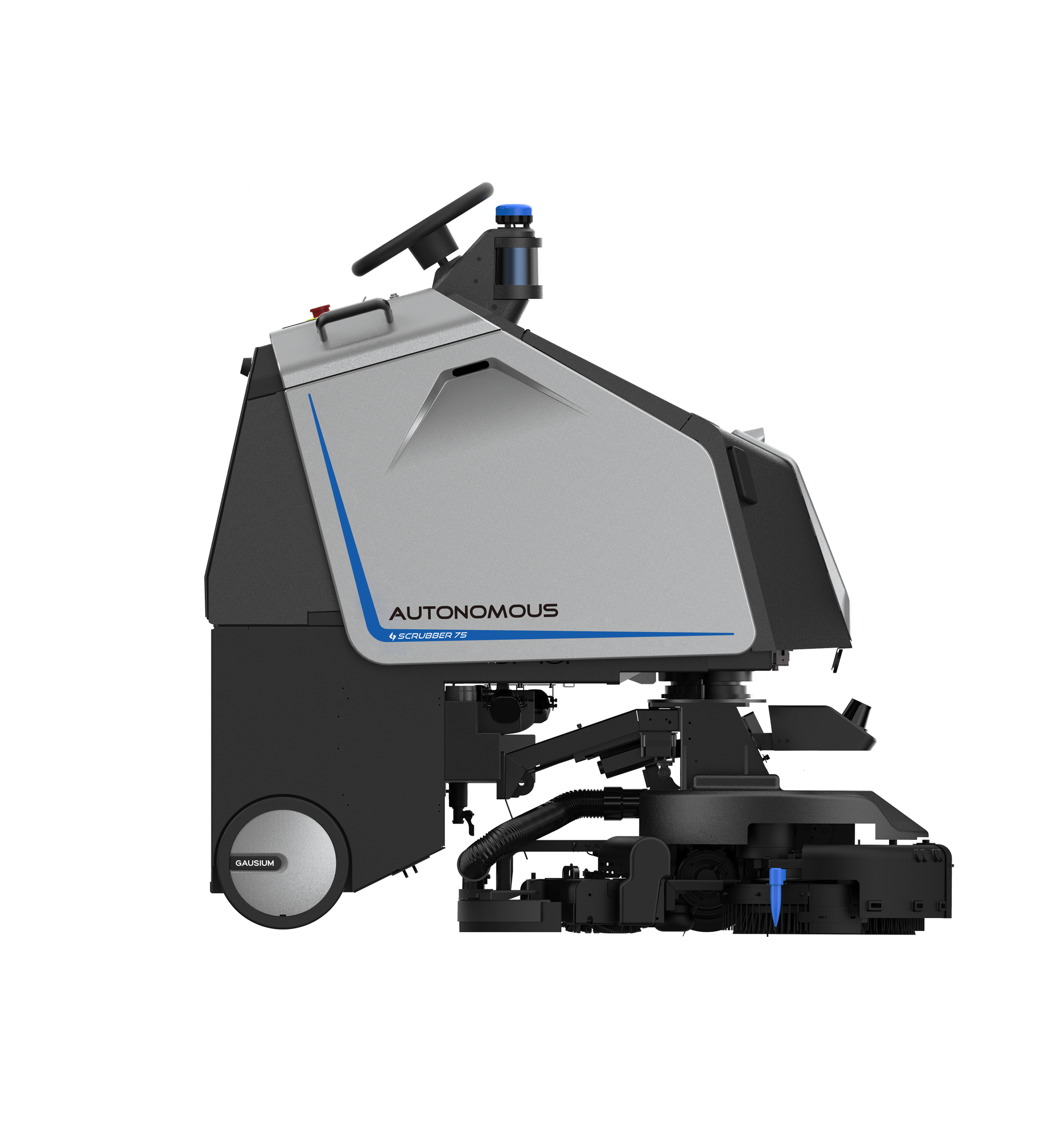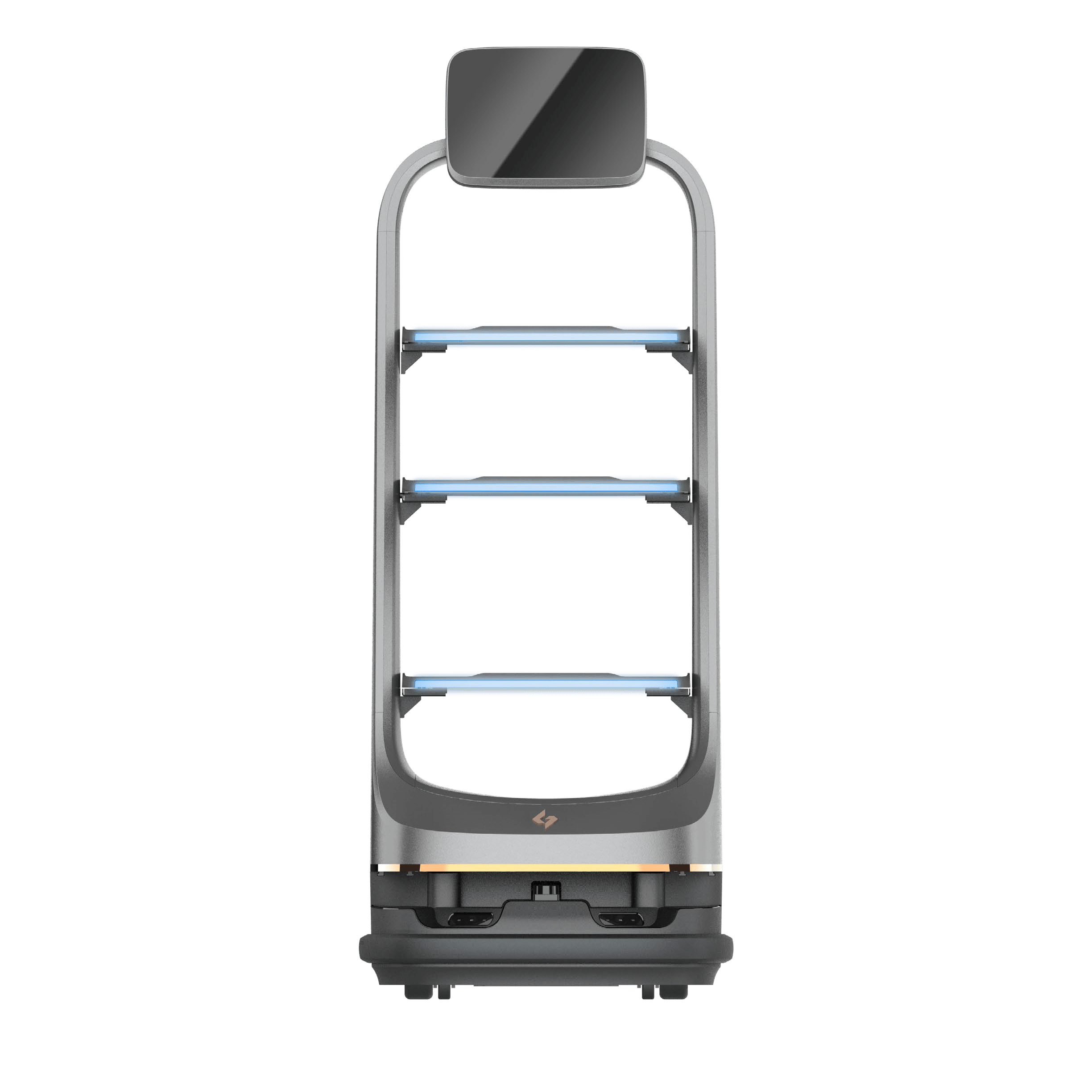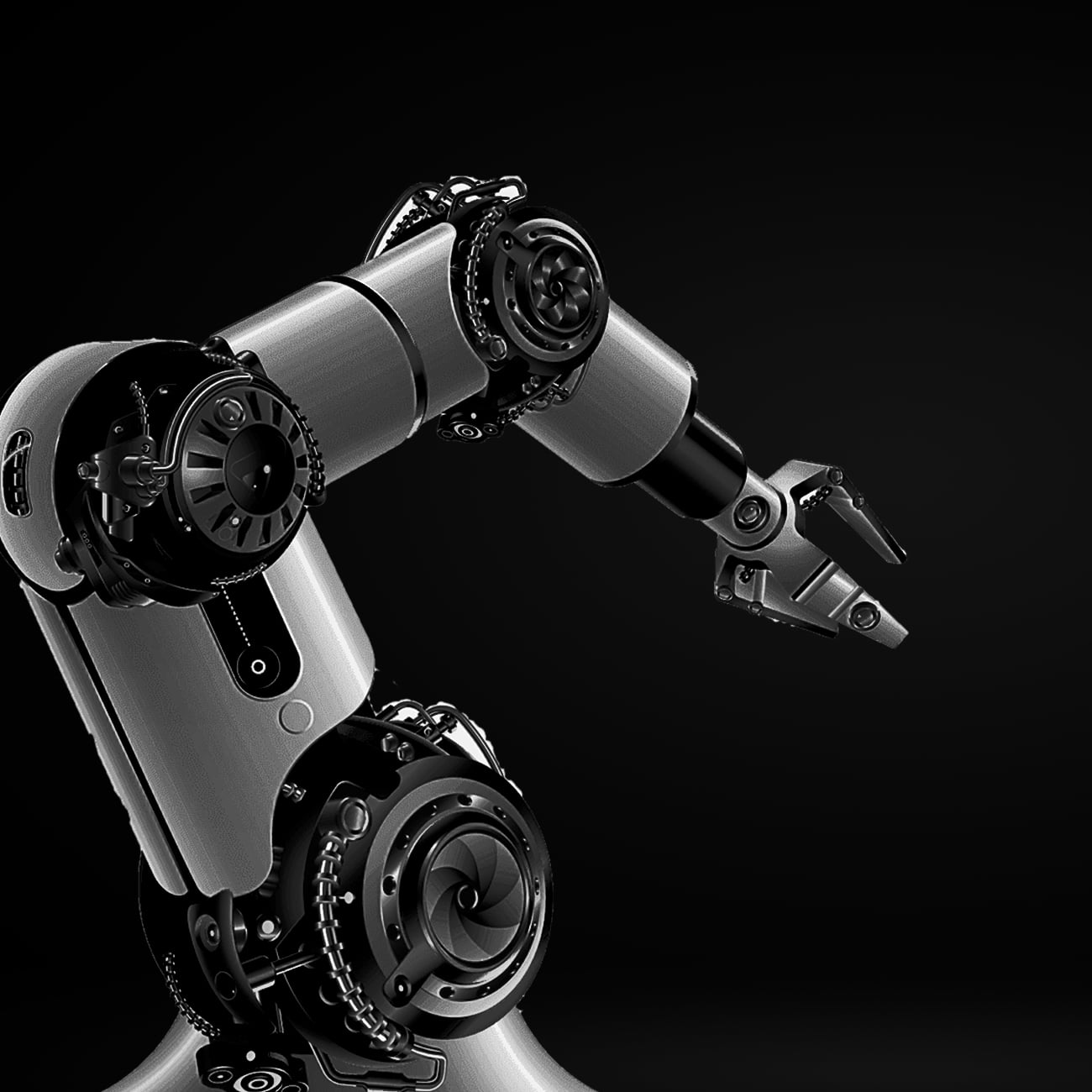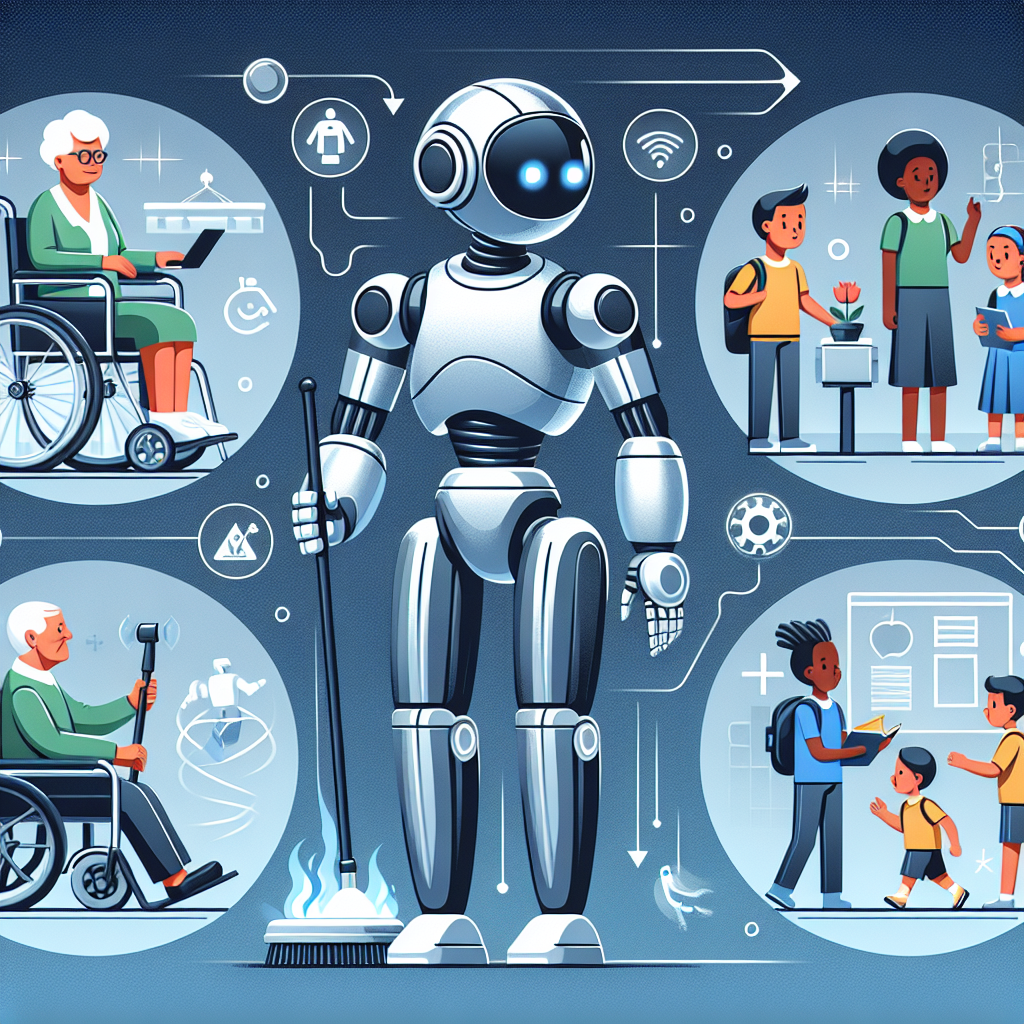-
Table of Contents
“Empowering Efficiency: Autonomous Robots Transforming Industries for a Smarter Future.”
Autonomous robots are revolutionizing various industries by enhancing efficiency, safety, and productivity. These advanced machines operate independently, utilizing artificial intelligence and machine learning to perform tasks without human intervention. The benefits of autonomous robots include increased operational efficiency, reduced labor costs, improved precision in tasks, and the ability to work in hazardous environments, thereby minimizing risks to human workers. Additionally, they can operate continuously without fatigue, leading to higher output and faster completion of projects. As technology continues to evolve, the integration of autonomous robots is expected to drive innovation and transform traditional workflows across sectors such as manufacturing, healthcare, logistics, and agriculture.
Cost Reduction in Labor and Operations

The advent of autonomous robots has ushered in a transformative era for various industries, particularly in terms of cost reduction in labor and operations. As businesses strive to enhance efficiency and profitability, the integration of these advanced machines has emerged as a strategic solution. By automating repetitive tasks, organizations can significantly lower their labor costs, which often constitute a substantial portion of operational expenses. This reduction is not merely a matter of replacing human workers; rather, it involves reallocating human resources to more strategic roles that require creativity, problem-solving, and interpersonal skills.
Moreover, autonomous robots operate with a level of precision and consistency that is difficult for human workers to match. This reliability minimizes errors and reduces the costs associated with rework and waste. For instance, in manufacturing environments, robots can perform tasks such as assembly, welding, and painting with remarkable accuracy, leading to higher quality products and fewer defects. Consequently, businesses can save on materials and labor costs while simultaneously enhancing customer satisfaction through improved product quality.
In addition to direct labor savings, autonomous robots contribute to operational efficiency by optimizing workflows. These machines can work around the clock without the need for breaks, vacations, or sick leave, thereby maximizing productivity. This continuous operation allows companies to meet increasing demand without the proportional increase in labor costs. Furthermore, the ability to scale operations quickly in response to market fluctuations is a significant advantage. For example, during peak seasons, businesses can deploy additional robots to handle increased workloads without the lengthy hiring and training processes associated with human employees.
Transitioning to autonomous robots also leads to savings in training and onboarding costs. Human workers require extensive training to perform specialized tasks, which can be both time-consuming and expensive. In contrast, robots can be programmed and reprogrammed to adapt to new tasks with relative ease, allowing companies to pivot quickly in response to changing market needs. This flexibility not only reduces training costs but also enhances the organization’s ability to innovate and stay competitive.
Furthermore, the maintenance and operational costs associated with autonomous robots are often lower than those of human labor. While initial investments in robotic technology can be significant, the long-term savings typically outweigh these upfront costs. Robots require regular maintenance, but this is generally less costly than the ongoing expenses related to employee benefits, insurance, and turnover. As a result, businesses can achieve a more predictable cost structure, which is essential for effective financial planning and budgeting.
In addition to these financial benefits, the implementation of autonomous robots can lead to improved workplace safety. By taking over dangerous or physically demanding tasks, robots reduce the risk of workplace injuries, which can be costly in terms of both human suffering and financial liability. This enhancement of safety not only protects employees but also contributes to a more positive organizational culture, which can further drive productivity and reduce turnover.
In conclusion, the integration of autonomous robots into business operations presents a compelling case for cost reduction in labor and operations. By automating tasks, optimizing workflows, and enhancing safety, these machines enable organizations to achieve significant savings while simultaneously improving efficiency and quality. As industries continue to evolve, the strategic adoption of autonomous robots will likely play a crucial role in shaping the future of work, driving innovation, and fostering sustainable growth.
Enhanced Safety in Hazardous Environments
The integration of autonomous robots into various industries has revolutionized the way organizations approach safety, particularly in hazardous environments. As businesses increasingly recognize the potential of these advanced machines, the benefits they offer in terms of enhanced safety become more apparent. By deploying autonomous robots in dangerous settings, companies can significantly reduce the risk to human workers, thereby fostering a safer workplace.
One of the most compelling advantages of using autonomous robots is their ability to operate in environments that pose significant health and safety risks. For instance, in industries such as mining, construction, and chemical processing, workers often face exposure to toxic substances, extreme temperatures, or unstable structures. By utilizing robots to perform tasks in these perilous conditions, organizations can minimize the likelihood of accidents and injuries. This not only protects employees but also helps to maintain productivity levels, as fewer disruptions occur due to workplace incidents.
Moreover, autonomous robots are equipped with advanced sensors and artificial intelligence, enabling them to navigate complex environments with precision. These technologies allow robots to detect hazards, assess risks, and make real-time decisions that prioritize safety. For example, in the case of a gas leak or chemical spill, an autonomous robot can quickly identify the source of the problem and take appropriate action, such as sealing off the area or alerting human operators. This rapid response capability is crucial in mitigating potential disasters and ensuring that human workers are kept out of harm’s way.
In addition to their operational capabilities, autonomous robots also contribute to enhanced safety through data collection and analysis. These machines can gather valuable information about hazardous environments, such as air quality, temperature fluctuations, and structural integrity. By continuously monitoring these factors, organizations can gain insights that inform safety protocols and preventive measures. This data-driven approach not only enhances immediate safety but also supports long-term strategies for risk management and compliance with regulatory standards.
Furthermore, the use of autonomous robots can lead to a cultural shift within organizations, promoting a greater emphasis on safety. As companies invest in these technologies, they signal to their employees that safety is a top priority. This commitment can foster a culture of vigilance, where workers are more aware of potential hazards and are encouraged to adopt safer practices. In this way, the presence of autonomous robots can serve as a catalyst for broader safety initiatives, ultimately leading to a more conscientious workforce.
Transitioning to the financial implications, the enhanced safety provided by autonomous robots can also result in significant cost savings for organizations. Fewer workplace accidents lead to lower insurance premiums, reduced medical expenses, and less downtime due to injuries. Additionally, by preventing accidents, companies can avoid the potential legal ramifications associated with workplace safety violations. This financial incentive further underscores the value of integrating autonomous robots into hazardous environments.
In conclusion, the benefits of autonomous robots in enhancing safety within hazardous environments are multifaceted. By reducing the risk to human workers, improving operational efficiency, and fostering a culture of safety, these advanced machines are transforming the landscape of workplace safety. As organizations continue to embrace this technology, the potential for creating safer, more productive work environments will only grow, ultimately benefiting both employees and employers alike.
Increased Efficiency in Manufacturing
The advent of autonomous robots in manufacturing has revolutionized the industry, leading to significant increases in efficiency that are reshaping production processes. As companies strive to remain competitive in a rapidly evolving market, the integration of these advanced technologies has become not just beneficial but essential. One of the primary advantages of autonomous robots is their ability to operate continuously without the need for breaks, which dramatically enhances productivity. Unlike human workers, who require rest periods and are subject to fatigue, autonomous robots can maintain a consistent output, ensuring that production lines run smoothly and without interruption.
Moreover, the precision and accuracy of autonomous robots contribute to improved quality control in manufacturing. These machines are equipped with advanced sensors and algorithms that allow them to perform tasks with a level of consistency that is often unattainable by human workers. This heightened accuracy reduces the likelihood of errors, which can lead to costly rework and waste. As a result, manufacturers can achieve higher quality standards while simultaneously reducing operational costs. The ability to produce goods with fewer defects not only enhances customer satisfaction but also strengthens a company’s reputation in the marketplace.
In addition to improving quality, autonomous robots facilitate the optimization of workflows within manufacturing environments. By analyzing data in real-time, these robots can identify bottlenecks and inefficiencies in the production process. This capability allows manufacturers to make informed decisions about resource allocation and task scheduling, ultimately leading to streamlined operations. For instance, autonomous robots can be programmed to adjust their tasks based on the current demands of the production line, ensuring that resources are utilized effectively and that output is maximized.
Furthermore, the implementation of autonomous robots can lead to significant cost savings for manufacturers. While the initial investment in robotic technology may be substantial, the long-term savings often outweigh these costs. By reducing labor expenses and minimizing waste, companies can achieve a quicker return on investment. Additionally, the enhanced efficiency brought about by autonomous robots can lead to increased production capacity, allowing manufacturers to meet growing market demands without the need for additional labor costs.
Transitioning to a workforce that includes autonomous robots also allows human employees to focus on more complex and value-added tasks. As robots take over repetitive and mundane activities, workers can be redeployed to roles that require critical thinking, creativity, and problem-solving skills. This shift not only enhances job satisfaction but also fosters a more innovative workplace culture. Employees are empowered to contribute to the company’s growth in ways that were previously limited by time-consuming manual tasks.
As the manufacturing landscape continues to evolve, the benefits of autonomous robots become increasingly apparent. Companies that embrace this technology are not only enhancing their operational efficiency but also positioning themselves for future success. By leveraging the capabilities of autonomous robots, manufacturers can achieve a competitive edge, ensuring they remain agile and responsive to market changes. In conclusion, the integration of autonomous robots into manufacturing processes is a strategic move that yields substantial benefits, including increased efficiency, improved quality, cost savings, and a more engaged workforce. As the industry moves forward, those who harness the power of these technologies will undoubtedly lead the way in innovation and productivity.
Q&A
1. **Question:** What is one major benefit of using autonomous robots in manufacturing?
**Answer:** Autonomous robots can operate continuously without fatigue, increasing production efficiency and reducing downtime.
2. **Question:** How do autonomous robots enhance safety in hazardous environments?
**Answer:** They can perform dangerous tasks, such as handling toxic materials or working in extreme conditions, minimizing the risk to human workers.
3. **Question:** In what way do autonomous robots improve data collection and analysis?
**Answer:** They can gather and analyze data in real-time, leading to more accurate insights and quicker decision-making processes.Autonomous robots offer numerous benefits, including increased efficiency and productivity, enhanced safety by performing hazardous tasks, cost savings through reduced labor expenses, and the ability to operate in environments that are challenging or dangerous for humans. They also enable precision in tasks, improve data collection and analysis, and can work continuously without fatigue. Overall, the integration of autonomous robots into various industries can lead to significant advancements in operational capabilities and innovation.




